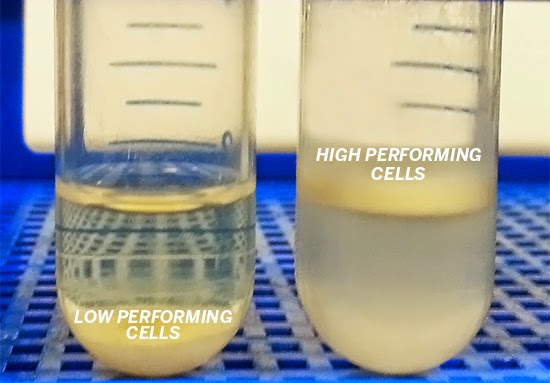Abstract
(March 31, 2015) The
dielectric elastomer minimum energy structure can realize large angular
deformations by a small voltage-induced strain of the dielectric elastomer, so
it is a suitable candidate to make a rotary joint for a soft robot. Driven with
an alternating electric field, the joint deformation vibrational frequency
follows the input voltage frequency. However, the authors find that if the
rotational inertia increases such that the inertial torque makes the frame
deform over a negative angle, then the joint motion will become complicated and
the vibrational mode will alter with the change of voltage frequency. The
vibration with the largest amplitude does not occur while the voltage frequency
is equal to natural response frequency of the joint.


















































